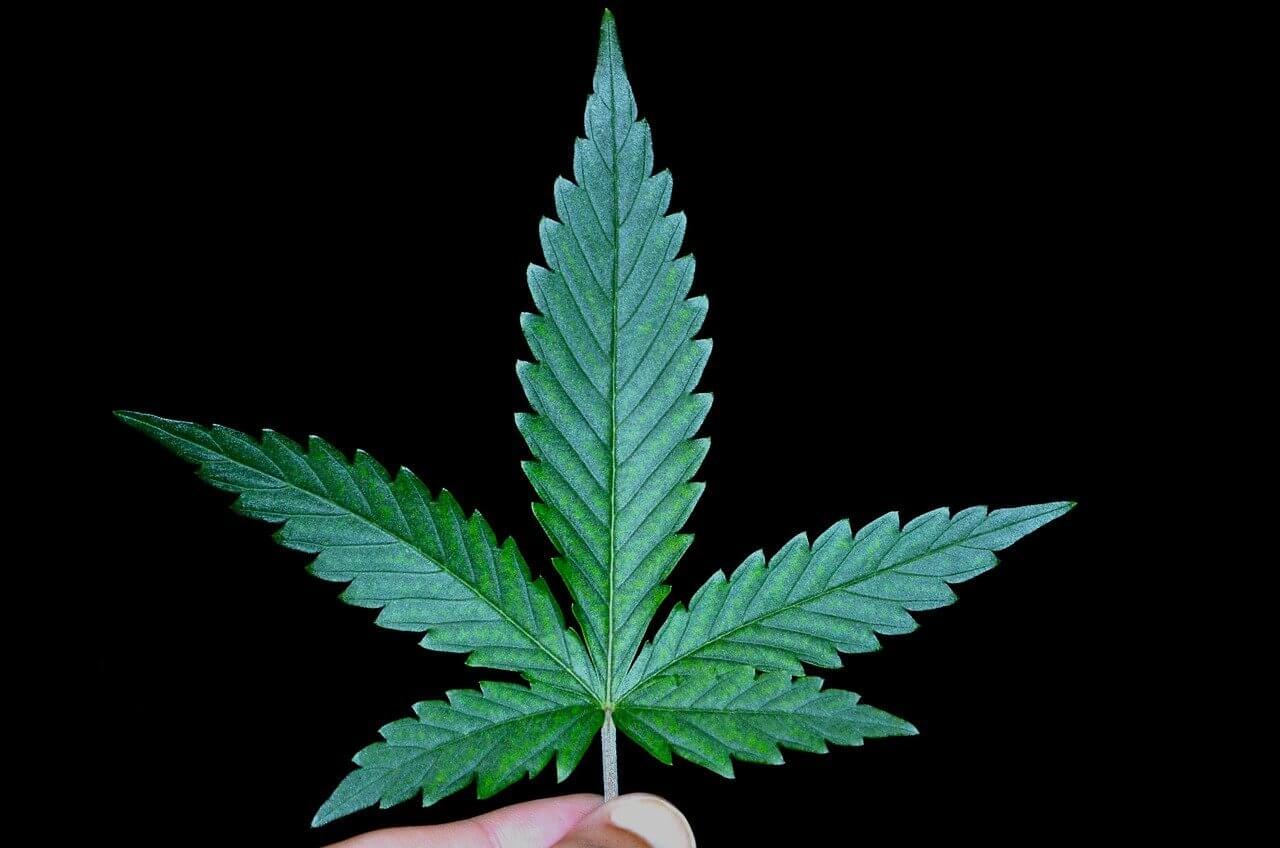
Cannabis leaves are arguably the most iconic feature of a weed plant. Here we will look at everything that makes a cannabis leaf special.
The function of cannabis leaves is primarily to photosynthesize, which means they convert sunlight, water, and carbon dioxide into glucose and oxygen through a process called photosynthesis. The glucose produced is used by the plant as a source of energy to support growth and development.
The leaves also play a role in transpiration, whereby water is released through small openings called stomata on the leaf surface, helping to regulate temperature and prevent the plant from overheating.
All cannabis plants will have two types of leaves throughout their lives, fan leaves, and sugar leaves. Once germination has occurred, the plant’s large fan leaves will emerge, continuing to grow throughout its life cycle. Sugar leaves will only form once the plant begins to flower. These tiny leaves emerge from the forming bud, giving protection and structure to it. Coated in potent trichomes, yet harsh to smoke, sugar leaves are usually trimmed off for a smoother flavor and turned into edibles, concentrates, or hash through a variety of methods.
How many leaves does weed have? First, let’s start with the three main types of cannabis. Although they are sometimes lumped in under the umbrella term of Cannabis Sativa L, the different types are quite distinct from one another. Cannabis leaves chart.
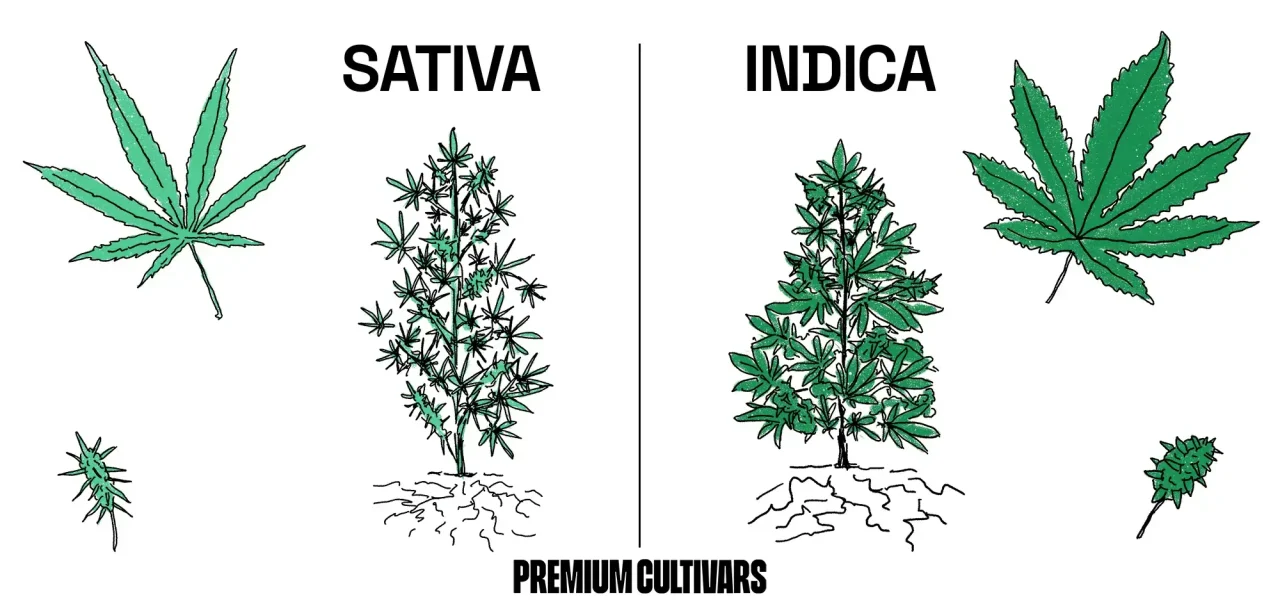
Sativa plants will have long, slender leaves with narrow fingers. These “fingers” or leaflets, are typically thin and pointy, giving it a feathery appearance. Typically, a lighter green shade than the other cannabis types, this is in part due to the lower chlorophyll levels, which is a contributing factor in Sativa’s longer flowering period.
The narrow profile of sativa leaves allows for better airflow, which reduces the chances of mold and pest infestation. Having thinner leaves also increases the plant’s lighting tolerances, as there is a reduced surface area, compared to an indica.
Will generally produce 9-fingered leaves, although this can vary, depending on the strain.
Indica plants generally have broader and wider leaves compared to sativa plants. They are a darker shade of green and have much wider fingers, this leaf structure improves its ability to capture light and photosynthesize. Typically grown indoors, as it can utilize light more efficiently than a sativa.
As with all cannabis fan leaves, there are little-to-no psychoactive properties contained on, or in, the leaves.
Indica plants mostly produce 7 fat-fingered leaves.
Cannabis ruderalis is a lesser-known type of weed. Its leaves are quite thin, producing only 3–5 fingers. Its color is similar to that of its indica cousin.
-Special mention-
Triploid and Tetraploid cannabis type leaves are larger, wider, and have longer leaflets.
What are fan leaves?
Forming a few days into germination, fan leaves are the iconic weed leaves everybody knows. Depending on the variety, they will grow an odd number of leaves, anywhere from 3 to 13.
You can think of fan leaves as the solar panels of the plant, they capture light and convert it to energy for the plant to use. They are also able to store nutrients within themselves, this is beneficial to the overall health of the plant in the case of underfeeding. Once the stored emergency nutrients (e.g. nitrogen) are depleted, the leaf will begin to yellow.
Fan leaves make up the bulk of the plant and are a great indicator of plant health (or lack of). Overfeeding, disease, underfeeding, underwatering, overwatering, light stress, insect issues and a host of other issues can be diagnosed through careful, knowledgeable inspection of your plant’s leaves.
Cannabis sugar leaves are the small, serrated leaves that grow on the buds of the cannabis plant. These leaves are coated with trichomes, which are tiny resinous glands that contain cannabinoids and terpenes. This frosty coating on the leaves is where the name stems from.
While sugar leaves may not contain as high concentrations of cannabinoids as the buds themselves, they can still be used for various purposes such as making edibles, concentrates, or tinctures. Some people also trim and remove sugar leaves before consuming or processing the buds for a smoother smoking or vaping experience.
The humble pot leaf. Hands down the most recognizable leaf on the planet today, the infamous weed leaf is an icon in itself. You would be hard-pressed to find an adult anywhere in the world who hasn’t seen at least a representation of one.
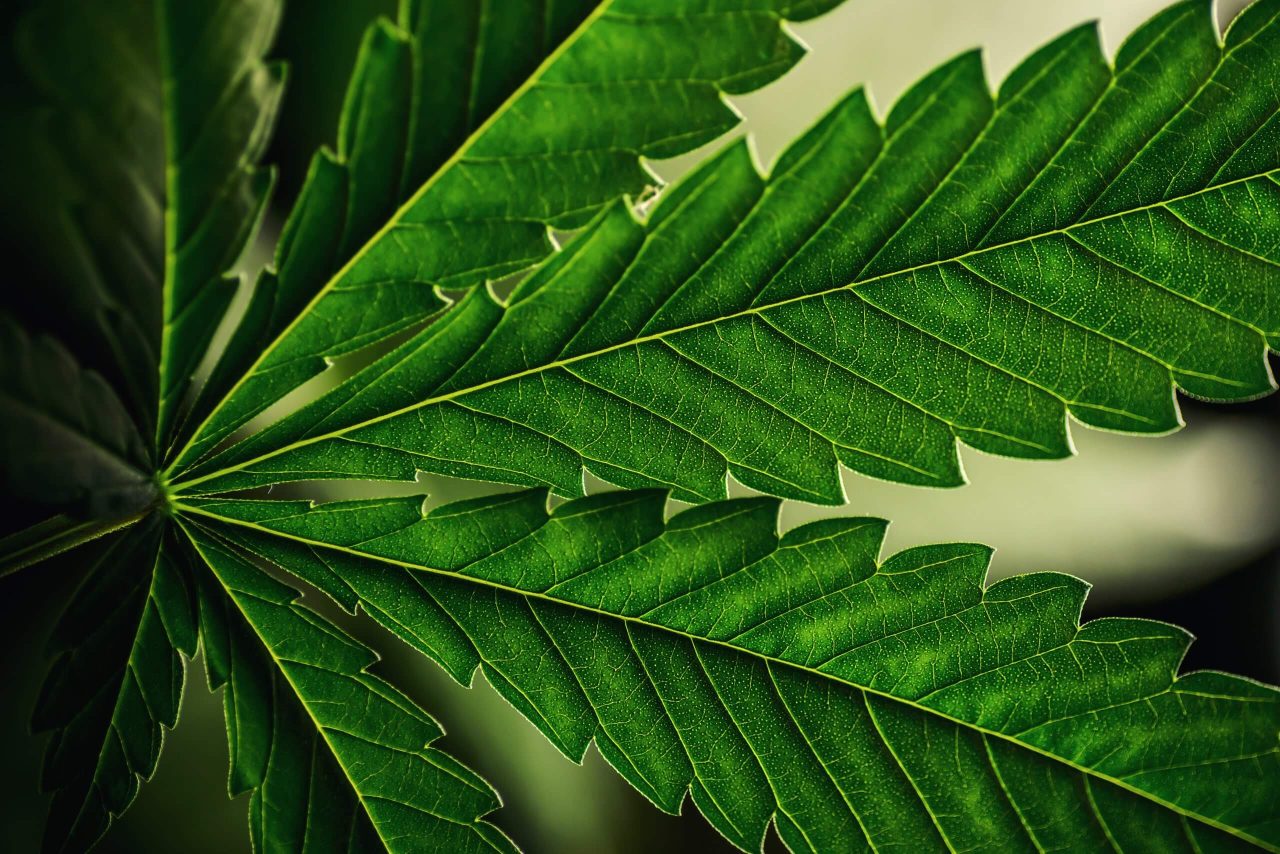
Although everyone knows the classic Sativa, Indica, or hybrid leaves, even experienced growers may be unfamiliar with some of the more obscure genetic mutations and varieties, particularly from Australia.
There are many plants that look like weed, when in fact they are nothing of the sort. The following strains are most definitely weed, even if they don’t look like it.
Whether it be Ducksfoot, or ABC (Australian Bastard Cannabis), these strains are great for stealth grows due to their unique appearance, which is quite different to a traditional cannabis strain. Their leaves look quite different to the traditional pot leaf. Stealth growers, particularly in Australia, with its regressive laws surrounding cannabis, will appreciate being able to cultivate a plant in the open. Even fellow growers could overlook it as a common garden weed.
ABC (Australian Bastard Cannabis) has an unknown lineage. It has small, roundish, sometimes spear-shaped leaves that are somewhat glossy. It resembles more of a garden shrub than a traditional cannabis plant. Due to its medium-low potency, ABC has not made much of a name for itself but continues to fascinate.
The Duck’s Foot strain is a great “weird leaf weed plant” for discreet growers due to the webbed nature of its leaves. Tucked away in a garden bed, this variety is not likely to draw any attention.
The Duck’s Foot strain has webbed leaves, generally with three leaflets, similar to that of a duck’s foot. This curious leaf shape started out as a mutation, and through selective breeding, it has been stabilized into a commercially available product, offered by a few select seed banks.
“Duckfoot” is a loose term for Pinnatifidofilla. Also referred to as webbed foot, palmately lobed, or simple leaf mutation. This phenomenon can naturally occur with traditional strains, although it is extremely rare.
The number of fingers, or “leaflets” on a weed leaf can give you an indication of your plant’s health. Under normal conditions, a healthy weed plant will have more than 3 leaflets. If your plant is starting to grow only three-fingered leaves, it’s in trouble. The exception to this rule is in the first two weeks of its life, or if it is an autoflowering strain.
The first “true” set of leaves will only have one leaflet (on each side). The next will have 3 leaflets, and the following set of leaves will generally have between seven and nine leaflets.
Some strains, and even some individual plants, will buck this trend and have anywhere between five and thirteen leaflets per leaf, but this is no cause for concern.
As mentioned before, you only need to become concerned if your plant starts producing three fingered leaves all the sudden. A wide range of issues can cause this. Basically, any variable can cause three-fingered leaves, when taken to the extreme.
Below, we will go through the main causes of three-fingered leaves, and best practices to avoid it. A three-fingered leaf is to cannabis, what a check engine light is to a car. The warning light itself is not the problem, but it’s a great indicator.
Temperature
If your room temperature throughout the grow, has been between 20-28 degrees Celsius, your cause of three-fingered leaves is something else.
Humidity
Your humidity throughout the grow should not fall below 40%, and should not exceed 70%. If you have kept things in this range, then your issue lies elsewhere.
Fluctuating photoperiods
As most cannabis plants require complete darkness 12 hours a day during flowering, any light leaks during this period of darkness can cause great stress to your plants. If you are growing indoors, check your tent or room for light leaking into where the plants are. Autoflower varieties are the exception to the complete darkness rule, as they are not photoperiod.
Revegging
Revegging weed is a popular practice where you harvest your buds, then force the plant back into a vegetative state to get another harvest from it. As it revegges, it will likely throw out some three fingered leaves. This is not uncommon and doesn’t necessarily mean your plant is in bad shape.
Genetics
As discussed earlier, duckfoot weed has three leaflets, somewhat blobbed together. This was, and is, a genetic mutation, and it still occurs today. It won’t lessen the quality of the bud, your leaves will just look a bit different. Although this mutation does give off three fingered leaves, they are easily identifiable as genetic mutations, and not caused by outside stressors. Carry on growing.
Underwatering
Not enough water to your plant can cause three leaflets. Too much water will cause a range of other issues, including root disease, but underwatering can obviously cause extreme stress to a plant.
Light Stress
This is the big one. Plants become accustomed to their surrounding environmental factors. Any rapid changes to these factors can induce stress related issues, including three fingered leaves. Changing the lighting intensity too quickly will cause the plant some sort of stress relative to its health, and the severity of the lighting change. Gradual increases/decreases are recommended to limit shock.
Being able to diagnose issues in your plants from the state of its leaves is one of the most valuable skills you can acquire as a grower. If you can spot the tell-tale signs of deficiencies and other common issues, you can rectify them before they take a major toll on your plants’ health.
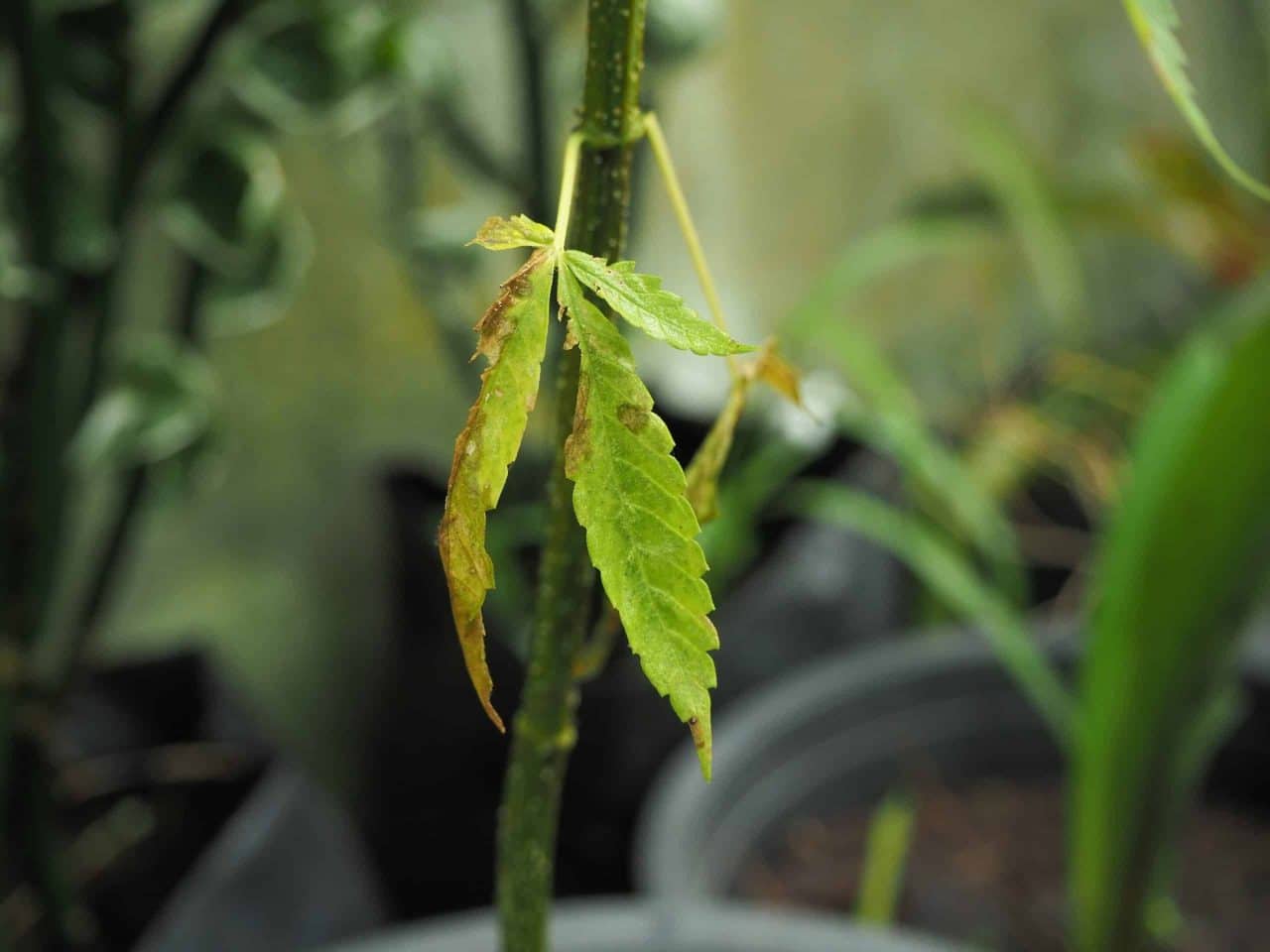
Below, we will cover the most common symptoms that leaves will display, and the corresponding deficiencies and issues that cause them.
Cannabis leaves turning yellow is almost always a sign that your plant is under stress. Nearly all plant health issues will cause leaves to start turning yellow in one way or another. The key to diagnosing specific issues is to pay attention to the slight differences in the yellowing process, which will guide you in your diagnosis.
There are an abundance of cannabis leaves charts online to assist with your diagnosis.
Cannabis leaves turning yellow in the final weeks of flower is perfectly normal, so this is to be expected, but yellowing leaves at any other stage is cause for concern.
The most common causes of leaf yellowing are:
A weed leaf can curl up, down, from the tips, from the edges, and just about any other way you can imagine. Cannabis leaves curling up is never a good sign, and diagnosing the root cause can be difficult, and as always, prevention is better than a cure.
Below we will cover the common causes of cannabis leaves curling up, and the different ways the issues present themselves.
Wilting cannabis leaf causes, and corresponding symptoms.
Causes, and symptoms
Causes, and symptoms
Causes and symptoms
Yes. Removing certain leaves, at certain times, is much better than leaving your plant alone. As with most things in life, moderation is key.
Heavy defoliation has its benefits but should be researched throughly beforehand. Many growers get a little carried away once they begin removing leaves, only to find they have removed the bulk of their photosynthesizing leaves. There is a balance between the benefits of redirecting resources, increasing airflow and removing dying leaves, and overdoing it to the point where the plant suffers.
The removal of excess leaves on your plants will reduce the chance of mold to both the leaves, and eventual buds.
Removing any growth under the canopy ensures all the plant’s limited resources go towards growing where the bulk of the light is, and where the bulk of the bud will be.
Leaves, particularly the lower ones, will naturally begin to die at some point in their life, removing them early means the plant won’t spend energy in the vain attempt to keep it alive.
The more leaves you have, the harder it is to identify and eliminate them. Brown spots on cannabis leaves are hard enough to find at the best of times.
Maybe the most important reason to defoliate. By removing any large fan leaves blocking light from the nodes underneath, you greatly increase the growth of your plant in the veg stage, and greatly increase your yield in the flowering stage.
You should always aim to get as much as possible out of your weed leaf.
Fan leaves, although they contain only trace amounts of cannabinoids, can be used to make hash if there is a large enough quantity. They can be used as a garnish on food, blended into drinks or composted in the earth to great effect.
Sugar leaves are the more valuable of the two. They are coated in a thick layer of crystalline trichomes, giving them their “frosted” sugary appearance. Cultivators generally trim them off the finished buds, as they add a certain amount of “harshness” to the smoke.
One popular practice is to make “kief” from the trimmed sugar leaves. Kief is simply the collected trichomes from these sugar leaves (in this instance). Kief can be smoked as is, sprinkled on a joint, or rolled into hash if there is enough.
You can collect the kief from the leaves by running them through a grinder with a crystal collection chamber. If you have a large amount of sugar leaves, then a larger mesh screen to rub the leaves on would be more appropriate.
Brewing the sugar leaves into a tea is a simple method to easily get value from this byproduct of harvest.
Cannabutter, or cannaoil is a very popular use for your sugar leaves. Once decarbed and infused into oil or butter, it can be used in your favorite recipes to give it a cannabis kick.
Understanding the signals given off by cannabis leaves can be the difference between a great harvest, and a disaster. Growing with the right equipment will increase your likelihood of success.
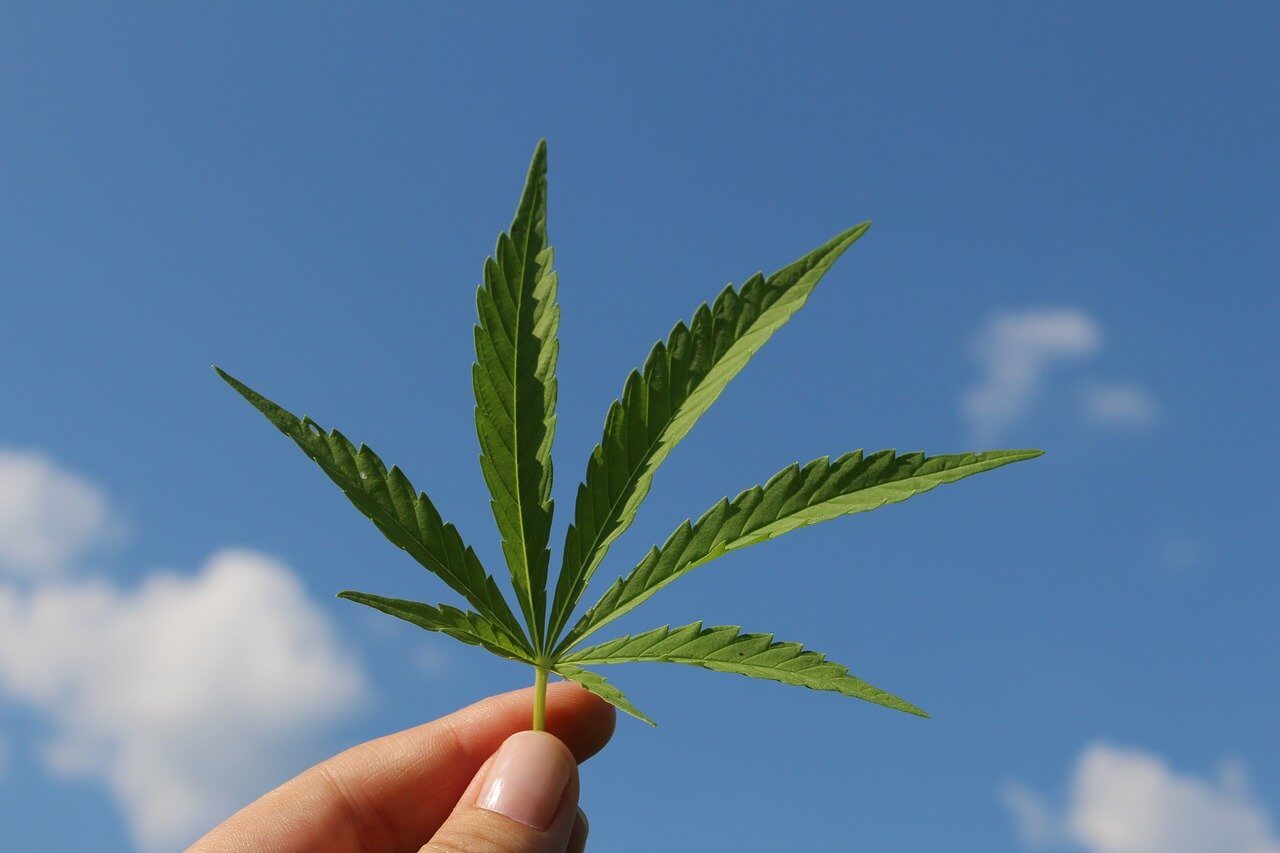
Keeping a controlled environment in as many ways as possible, along with recording your steps as you go, can narrow down the root causes of leaf issues. Two different deficiencies can show themselves as the same leaf discoloration, so tight controls on environmental factors, along with feeding and watering, will go a long way in helping you diagnose issues.
Best Selling Cannabis Seeds
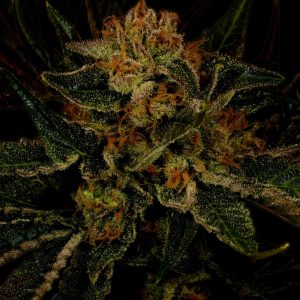
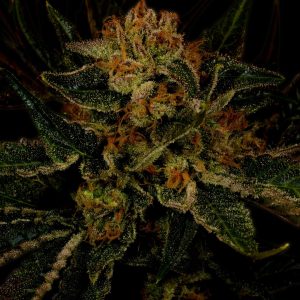
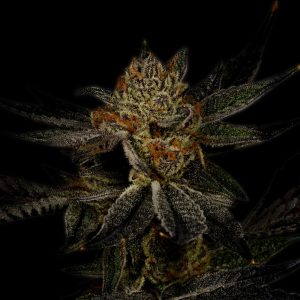
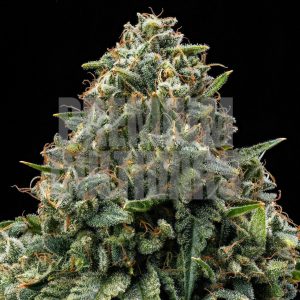
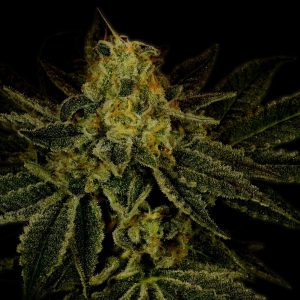
This product is not for use by or sale to persons under the age of 18. This product should be used only as directed on the label. It should not be used if you are pregnant or nursing. Consult with a physician before use if you have a serious medical condition or use prescription medications. A doctor’s advice should be sought before using any hemp products. All trademarks and copyrights are property of their respective owners and not affiliated with nor do they endorse this product. These statements have not been evaluated by the FDA. This product is not intended to diagnose, treat, cure or prevent any disease. By using this site you agree to follow the Privacy Policy and all Terms & Conditions printed on this site. All products contain less than 0.3% Cannabinoid-compliant with applicable Federal Laws. Please make yourself aware of any and all applicable laws regarding hemp in your jurisdiction. Premium Cultivars accepts no liability or responsibility regarding germination laws in any specific locale state or national jurisdictions.
We want to help you get your hands on the seeds you want, take 30% off your next purchase when you enter your email below!
We want to help you get your hands on the seeds you want, take 20% off your next purchase when you enter your email below!